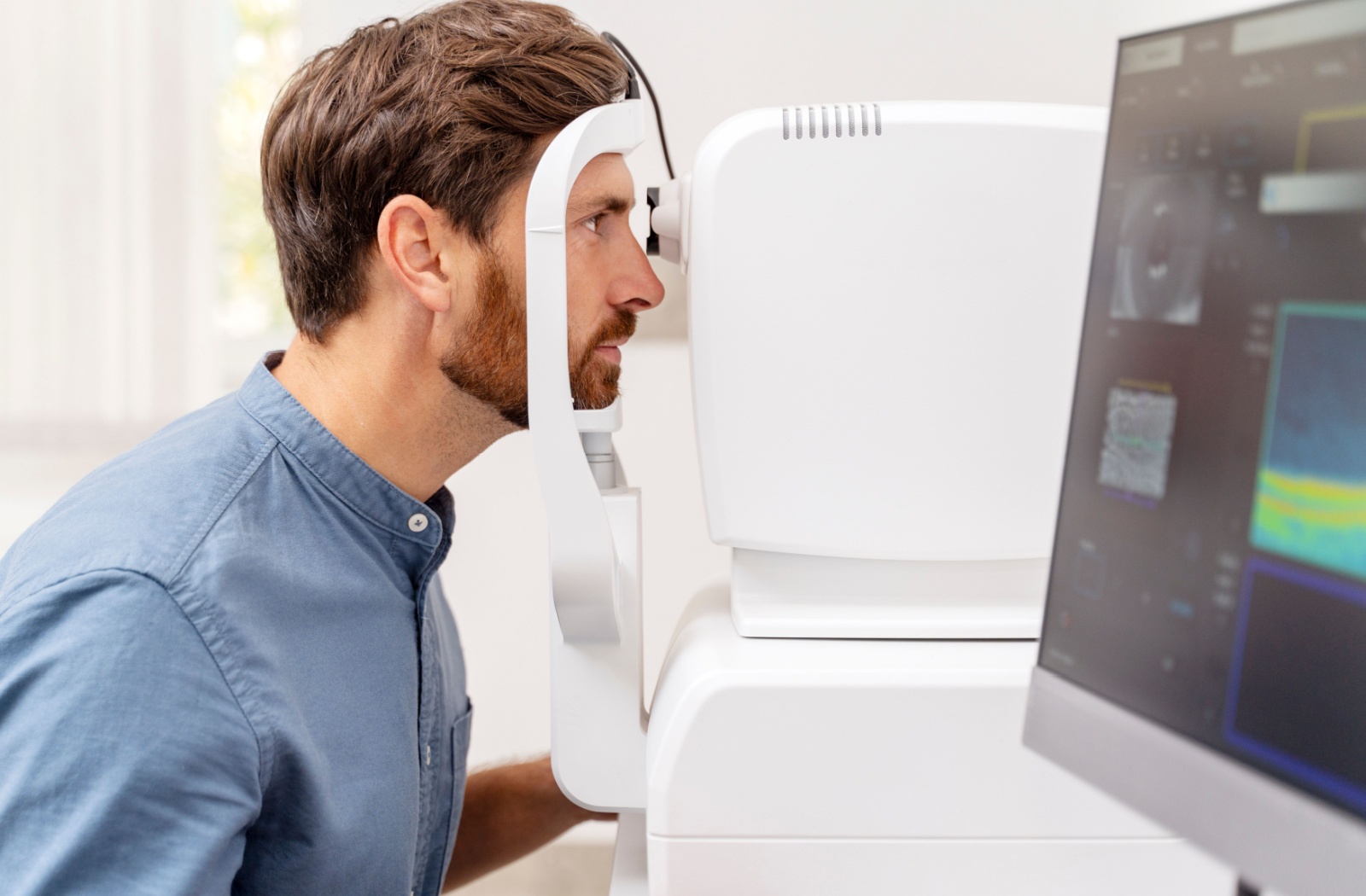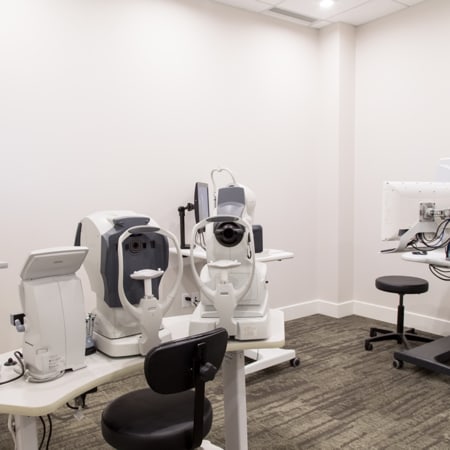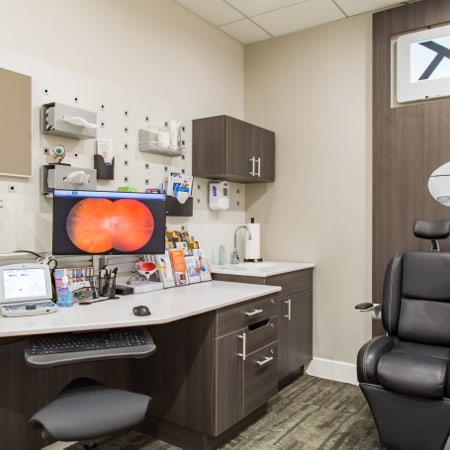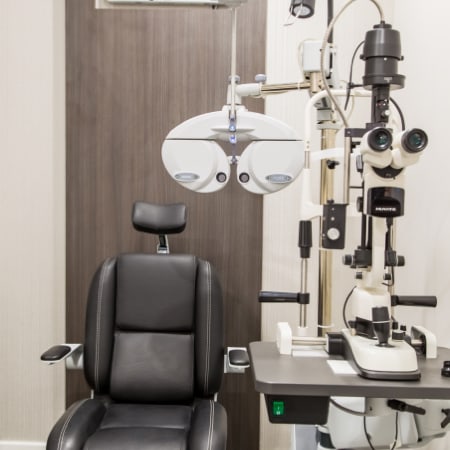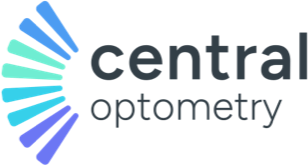Navigating the landscape of your healthcare entitlements can be difficult. Canadians with diabetes face a unique set of challenges, often leading them to question whether their eye health is adequately covered.
In Ontario, the connection between diabetes and regular eye care needs further explanation that goes beyond leaflets in the waiting room.
Despite an annual comprehensive eye exam being covered under the Ontario Health Insurance Plan (OHIP), navigating the specifics of coverage can be complex and may leave people with more questions about their entitlements and what is covered and what isn’t covered.
Decoding OHIP: What You Need to Know
Before we tackle the specifics of diabetic eye care, it’s important to grasp the scope of OHIP. Funded by the government, OHIP is the healthcare plan for the province’s citizens, covering a wide array of medical needs from doctor’s visits to surgery.
However, the intricacies of OHIP coverage can be complicated to understand.
Are People with Diabetes Covered for Eye Exams in Ontario?
The short answer is yes, but the road to securing coverage is paved with certain conditions. On September 1, 2023, an important expansion of OHIP’s vision care benefits was implemented, specifically benefiting individuals aged 20 to 64.
For people clinically diagnosed with diabetes, you are eligible for an annual comprehensive eye exam covered by OHIP. This exam, performed by a qualified optometrist, can be accessed once every 12 months. This ensures that your vision and eye health are prioritized without the added burden of financial concerns. There are additional tests that are not covered by OHIP that are critical in the management of diabetic eye disease.
What Eye Conditions are Covered by OHIP?
The annual OHIP-covered exam not only includes checking for common refractive errors but also involves a manual look into the back of the eye. Diabetics can have tiny microvascular changes in the back of the eye that may be easily missed on a dilated fundus exam.
Digital retinal imaging and OCT angiography are two imaging techniques that are not covered by OHIP, but can be critical for your optometrist to evaluate the health of your eye. These tests should be performed annually with your optometrist, or at the frequency they recommend depending on your risk factors.
Monitoring the health of your eyes annually is critical to vision loss prevention in people with diabetes. Diabetes is the leading cause of blindness among working-age adults in the US. It was also found that 1 in 4 diabetics over the age of 40 have diabetic retinopathy in the US.
Such early interventions offer a strategic advantage for people with diabetes, helping them to protect their vision against their underlying condition.
This annual exam can make the difference between successfully managing a condition and experiencing irreversible vision loss.
Who Can Get The Government Subsidized Eye Exams in Ontario?
Certain segments of the Ontario populace qualify for OHIP-funded eye exams. Among those eligible are:
- Seniors aged 65 and over
- Children aged 19 and under
- Adults between 20 and 64 with specific medical conditions, including diabetes.
The Role of Preventative Eye Care
For people with diabetes, preventive eye care goes beyond managing the primary disease to safeguard overall health.
The OHIP-insured comprehensive eye examination aims to catch sight-threatening diseases early on, with a focus on conditions such as diabetic retinopathy, glaucoma, and macular degeneration.
Regular eye exams under OHIP can pinpoint these issues early, empowering people to seek timely treatment.
Do People with Diabetes Need a Special Eye Exam?
For people living with diabetes, regular eye exams are crucial for maintaining optimal eye health. Due to the increased risk of diabetic eye complications such as diabetic retinopathy, diabetic macular edema, and glaucoma, people with diabetes require specialized eye exams beyond routine vision screenings.
These specialized exams involve thorough assessments of the retina using advanced imaging techniques like:
- Ultra Wide Field (UWF) imaging with the Clarus system
- Optical Coherence Tomography Angiography (OCTA)
Ultra Wide Field (UWF) Imaging with the Clarus System
The Clarus system, through UWF imaging, provides optometrists with a comprehensive view of the retina, capturing approximately 82% of its surface in a single image.
This expansive coverage is particularly beneficial, enabling early detection of diabetic retinopathy and other peripheral retinal conditions.
By detecting signs of these conditions sooner, UWF imaging offers patients an advantage in managing potential vision-threatening issues.
Optical Coherence Tomography Angiography (OCTA)
On the other hand, OCTA represents a leap forward in non-invasive imaging technology. This test delivers detailed images of the retina, showcasing blood flow and vascular changes without the need for dye injections.
Its ability to pinpoint microvascular abnormalities in the eyes facilitates timely intervention, potentially preserving sight.
While these technologies are not covered by OHIP, the integration of advanced imaging technologies like Clarus UWF imaging and OCTA into diabetic eye exams offers numerous benefits and are needed to appropriately monitor diabetes.
These include early detection of conditions, precise monitoring of disease advancement, and the ability to tailor interventions more effectively.
For people with diabetes, these tools translate to a greater chance of retaining vision, elevating quality of life, and mitigating the overall impact of diabetes on eye health.

Taking Charge of Your Vision
In a healthcare system as robust and intricate as Ontario’s, navigating coverage for diabetic eye care can feel daunting. However, there is reassurance in OHIP’s coverage for diabetic eye exams that can help you prioritize your ocular health. Your eyes deserve the best, and with OHIP’s coverage for eye exams, that ‘best’ is easily attainable.
People with diabetes need to prioritize regular, comprehensive eye exams tailored to their specific needs. If you are due for your annual eye exam, reach out to our team at Central Optometry to book your appointment.

